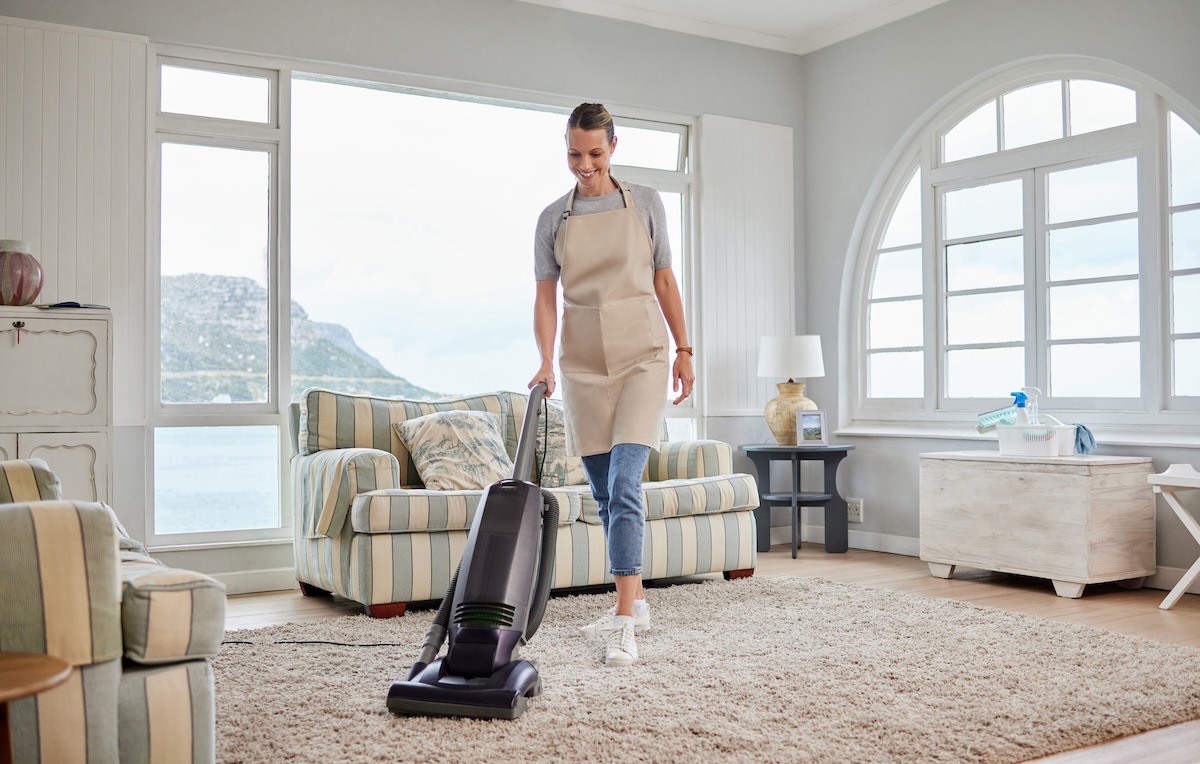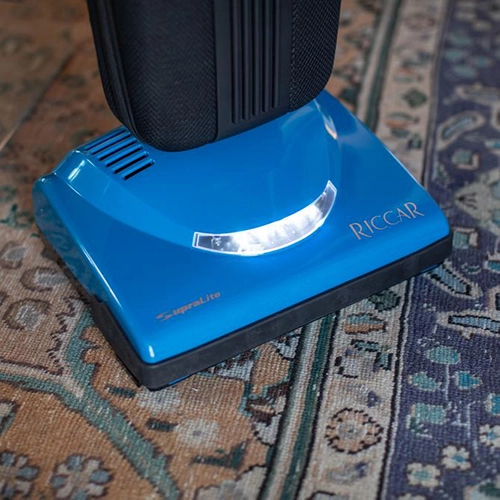Noise is one of the most overlooked factors when buying a vacuum cleaner. People often focus on suction power, filtration, or maneuverability, yet the sound a machine makes can make the difference between stress and comfort in your home. Some vacuums are engineered to run at gentle, conversation-level volumes, while others roar like small engines. Understanding how sound is measured and which designs tame noise will help you find a model that cleans effectively without disturbing the household.
Understanding Vacuum Noise
Vacuum sound is measured in decibels (dB). Because decibels are logarithmic, a small number change represents a large shift in perceived loudness. For example, a vacuum rated at 70 dB sounds roughly twice as loud to the human ear as one at 60 dB. Many health guidelines suggest keeping everyday noise at or below about 70 dB for comfort and safety during extended use.
Two types of measurements appear on spec sheets:
- Sound pressure level (dBA): what a person hears at a certain distance, useful for real-world expectations.
- Sound power level (dB LwA): the machine’s total sound output, usually reading higher and used for labeling in Europe.
This explains why one vacuum model can appear to have different ratings depending on where you look.

Features That Reduce Noise
Manufacturers design quieter vacuums by controlling both airflow and vibration. Bagged canister vacuums often have insulated housings and smoother airflow paths that reduce turbulence. Straight-suction floorheads (without powered brushrolls) create less chatter on hard surfaces. Variable suction controls allow you to dial back power for delicate tasks while also lowering sound levels. Central vacuum systems remove the motor from the living space entirely, so you hear only airflow at the hose end.
Quiet Canister Vacuums
Among the quietest vacuums available, canister models lead the way. Machines like SEBO Airbelt canisters are designed with heavy acoustic insulation and operate in the low 60 dBA range during typical use, a level comparable to normal conversation. Miele’s “Silence” series canisters are another strong choice, offering powerful suction with noise suppression that makes them comfortable for long cleaning sessions. Riccar canisters also stand out here, combining robust suction with sealed filtration systems and insulated housings that help maintain a quieter cleaning experience. These brands prove that quiet does not mean weak, because engineering can deliver both performance and peace.
Cordless and Stick Vacuums
Cordless sticks tend to produce more noise than premium canisters, often landing in the 70–75 dBA range. Still, some newer models focus on softening the pitch of the sound. Dyson and Shark cordless units, for example, use brush and airflow redesigns to lower the sharp, high-frequency whine that many people find unpleasant. While they may not be whisper-quiet, they balance convenience and acceptable sound levels for quick cleanups.
Robot Vacuums
Robot vacuums operate at surprisingly low noise levels because their motors are small and their suction is modest. Many run between 55 and 65 dBA, quiet enough that you can watch TV in the same room while they clean. The one exception is the brief but loud self-emptying cycle found in some models, which can spike much higher. Scheduling that process for when no one is around helps keep the peace.
Central Vacuum Systems
For the ultimate in quiet operation, central vacuums are unmatched. By housing the motor in a garage or utility room, the sound inside living spaces is reduced to little more than the noise of air moving through the hose and floor tool. Brands like CycloVac, carried by Edison Vacuum, are known for strong suction with sound levels around 60 dB at the unit itself. In practice, that means in-room cleaning is often quieter than a normal conversation.
Tips for Quieter Cleaning
Even the best machines can sound louder if they are not maintained. To keep your vacuum as quiet as possible:
- Replace bags and filters on schedule to prevent airflow restriction.
- Keep brushrolls clean and bearings lubricated to avoid rattling.
- Use the correct floorhead for your surface, since powered heads on bare floors tend to create unnecessary noise.
- Add rugs or furnishings in echo-prone rooms, which soften and absorb sound.

Choosing the Right Quiet Cleaner
Noise level is an often-underestimated factor in daily comfort, but it should sit alongside suction power and filtration when selecting a vacuum. For households that value peace, premium canisters such as SEBO, Miele, and Riccar stand out with their insulated housings and sealed designs. Robot vacuums add the advantage of quiet daily upkeep, while central systems like CycloVac remove the motor from living spaces entirely for near-silent performance. Matching the right design to your floors and habits ensures a calmer cleaning routine that does not compromise on results.
Homeowners across Middle Tennessee have trusted Edison Vacuum for more than 60 years to provide both quiet and powerful solutions. With a wide selection of Miele, SEBO, Riccar, and CycloVac machines, plus in-house expertise to keep them running at their best, our team makes it easy to choose and maintain a vacuum that delivers clean floors without excess noise. If you are ready for a quieter way to clean, contact Edison Vacuum today.




